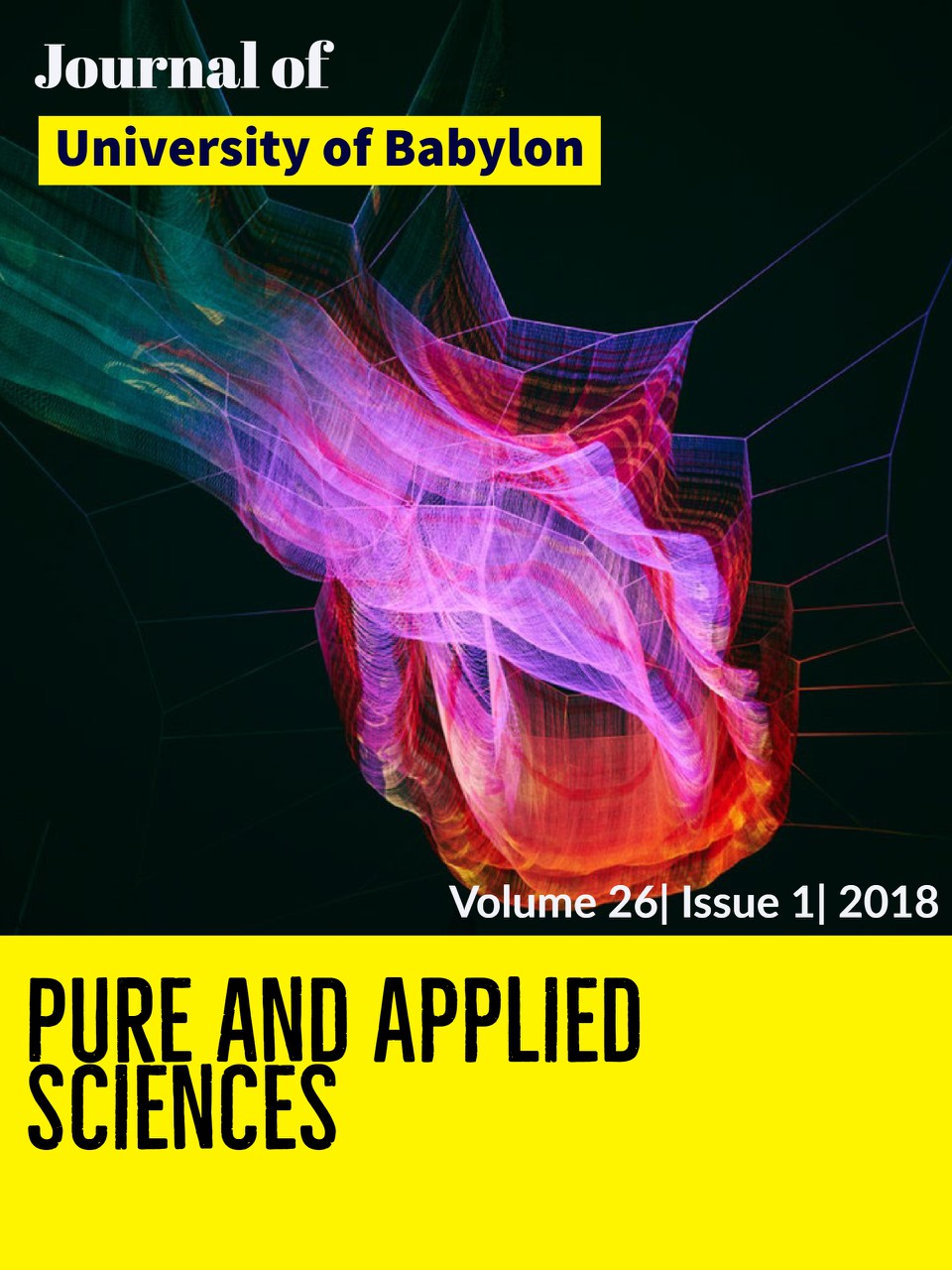The Effect of Low Level Laser Therapy on Some Plasma Ions Concentration
Main Article Content
Abstract
Low level laser therapy (LLLT) has variousapplications in clinical pathology.It has been found to be efficient in acceleration of wound healing, enhanced remodeling and bone repair, regeneration of neural cells following injury, pain attenuation, endorphin release stimulation and modulation of immune system. The possible intracellular sequence of events after treatment with LLLT, include induction of oxidative phosphorylation with increased enzymatic activity, increased expression of certain cytosolic enzymes and enhanced activity of intracellular organelles. A broad range of eukaryotic proteins require posttranslational modifications such as phosphorylation, glycosylation, or signal peptide cleavage to display full functional activity. Eukaryotic cell-free expression systems provide the possibility to synthesize eukaryotic proteins with posttranslational modifications and are especially useful forexpression and analysis of human proteins with native structure and function.The stimulated mechanism involves protein- to-protein interaction, where two or more proteins bind together to facilitate molecular processes, including modification of proteins by members of small ubiquitin- related modifier proteins (SUMO)and also protein phosphorylation and tyrosination.
The consequence of laser application in treatment, can be seen as influencing the transmission of intracellular signals via an integrated and rapid modulation of ion channels, achieved through both direct action on photo-acceptors (such as cytochrome c-oxidase) and through indirect modulation via enzymes,including tyrosine hydroxylase (TH), tyrosine kinases and tyrosine kinasereceptors. This exogenous action then facilitates an existing photonic biomodulation mechanism with the body, and initiates ion channel modulation both in the periphery and the central nervous system (CNS).
Evidence indicates that the ion channel modulation functions predominately through the potassium channels, including two pore leak channels(K2P), which act as signal integrators from the periphery to the cortex.
Objectives and Results
Fifteen blood samples were collected from healthy adult volunteers, subjected to low level laser therapy (LLLT) with different wavelengths (650, 532 and 405) nm, plasma concentration of Ca++, Na+, K+ and Cl- were estimated after (30 min.) of incubation. The mean concentration of each ion before and after LLLT were as follows (Ca++: 8.67 vs. 8.93, 8.79, 8.82 mg/dl), (Na+: 147.4 vs. 146.73, 146.73, 146.13 mmol/L), (K+: 3.94 vs. 3.94, 3.78, 3.92 mmol/L) and (Cl-: 99.93 vs. 97.86, 102.73, 96.4 mmol/L). In the same manner, activated partial thromboplastin time (APTT) was estimated, the mean value of which were as follows (30.07 vs. 18.45, 21.72, 17.29 sec.).
